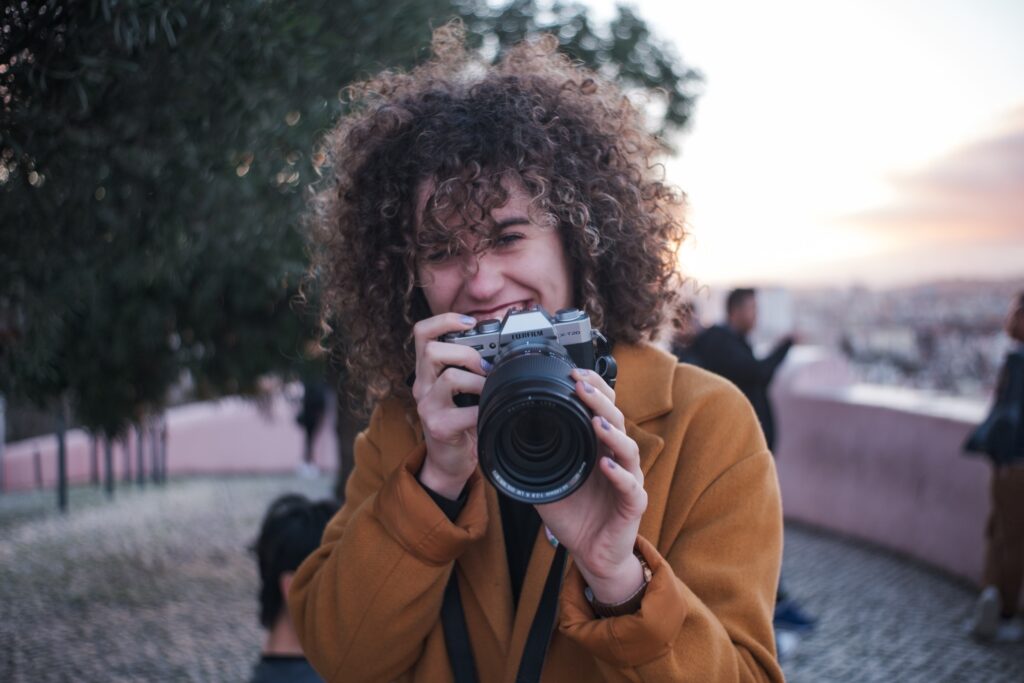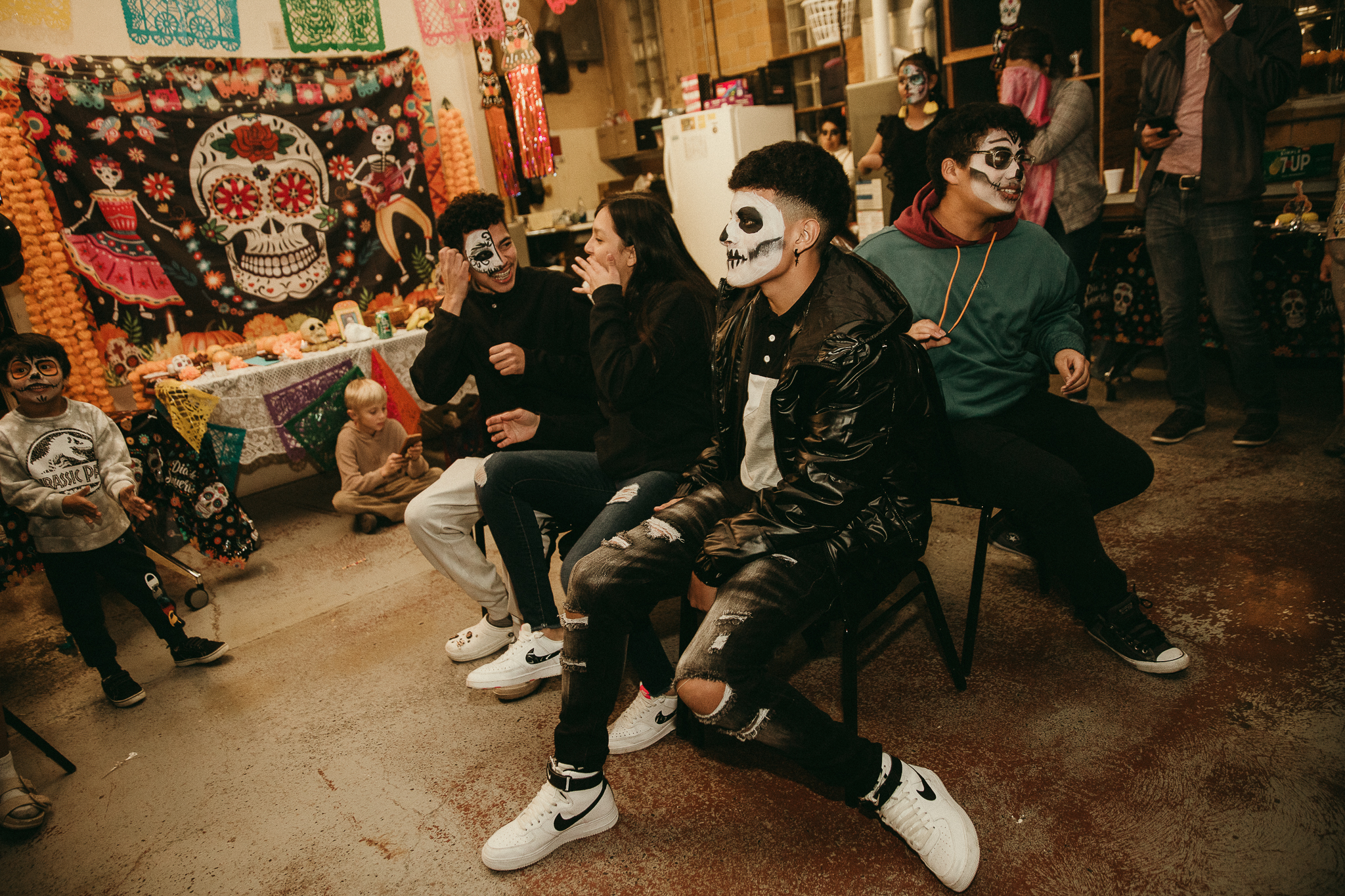A Picture is Worth a Thousand Words
We know that complex ideas can be conveyed by a single still image. So when trying to convey the meaning or essence of an organization’s mission, it’s important to reflect on how you can more effectively communicate through stories as well as images—combined these play a key role in bringing your work to life and conveying the type of experience people can look forward to and expect from your organization.
When setting out to capture an event, we recommend to keep these tips in mind.
Emphasize Connection
Consider how your event connects people with those closest to them, with their community and the world around them, and with themselves.
Show how a community comes together to share a special moment.
Framing a big moment with the audience in the shot can help emphasize the collective, as seen here with the crowd coming together in the middle of town for Innoskate.
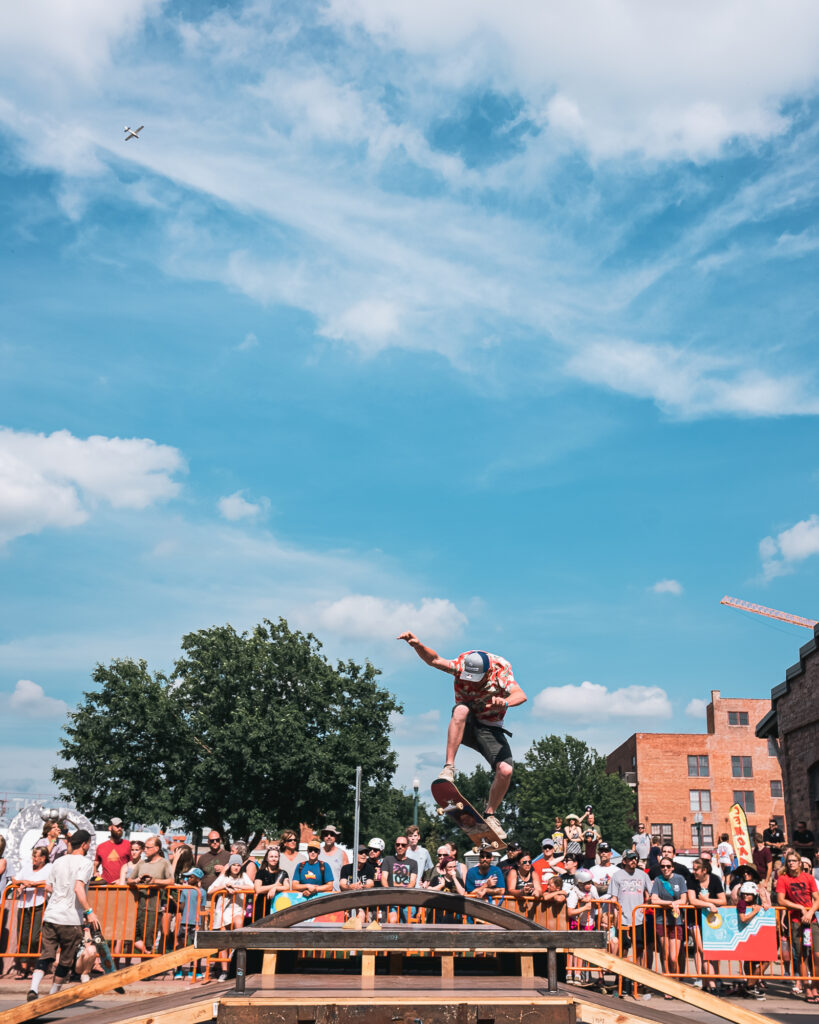
Highlight pre- or post-event interactions.
Atmospheric candid shots of special moments between attendees can be some of the most powerful photos, like this one in which a Big Read event attendee connects with poet Julia Alvarez after her keynote.

Put the audience in the picture
Whether they are exploring creative expression around them or sharing their own creativity, make sure you capture the crowd—like these young music enthusiasts!
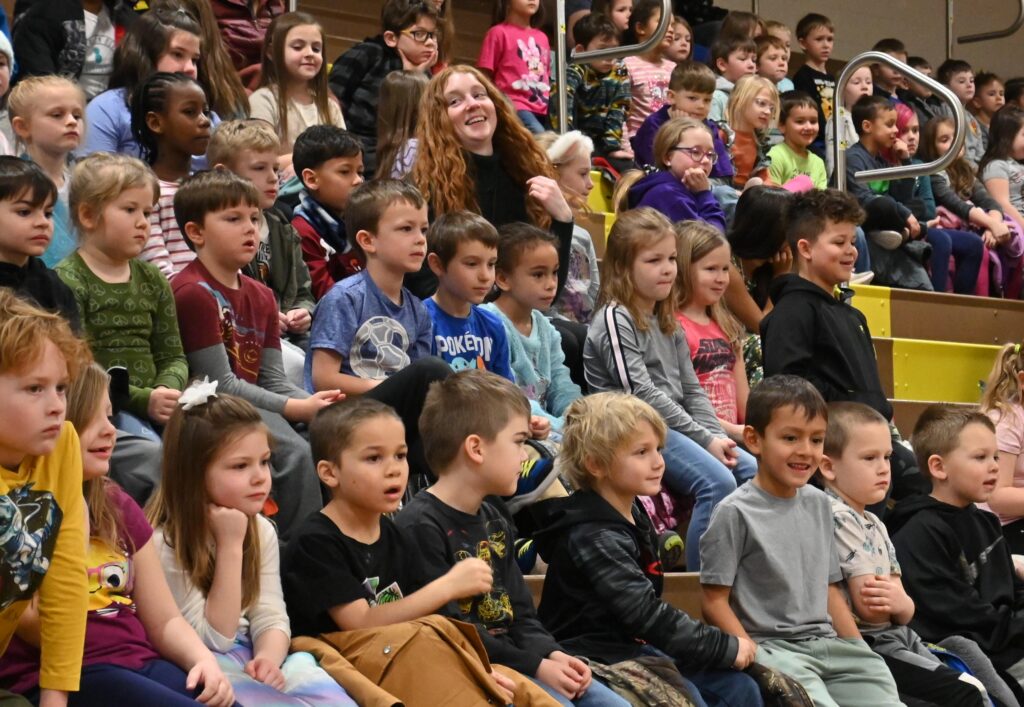
Show & Model Active Participation
Look for interactive moments between people that go beyond passive observation.
Capture the feelings of the event
Choose a blend of photography that conveys the reactions and the powerful range of emotions that are felt by the crowd. Here, you can see the choir really connecting with what they’re singing!
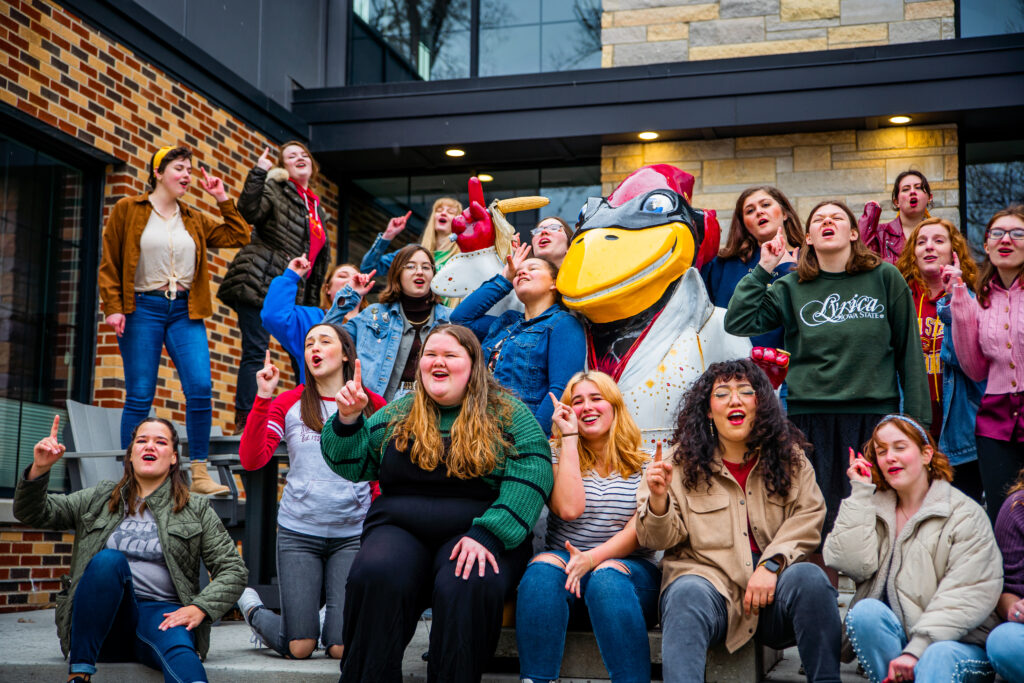
Focus on the interactive elements
Highlight the audience as a direct contributor. Include images and videos of audience and community members interacting with artists, presenters, and each other; here, this family gets to connect with the performer, not just observe!
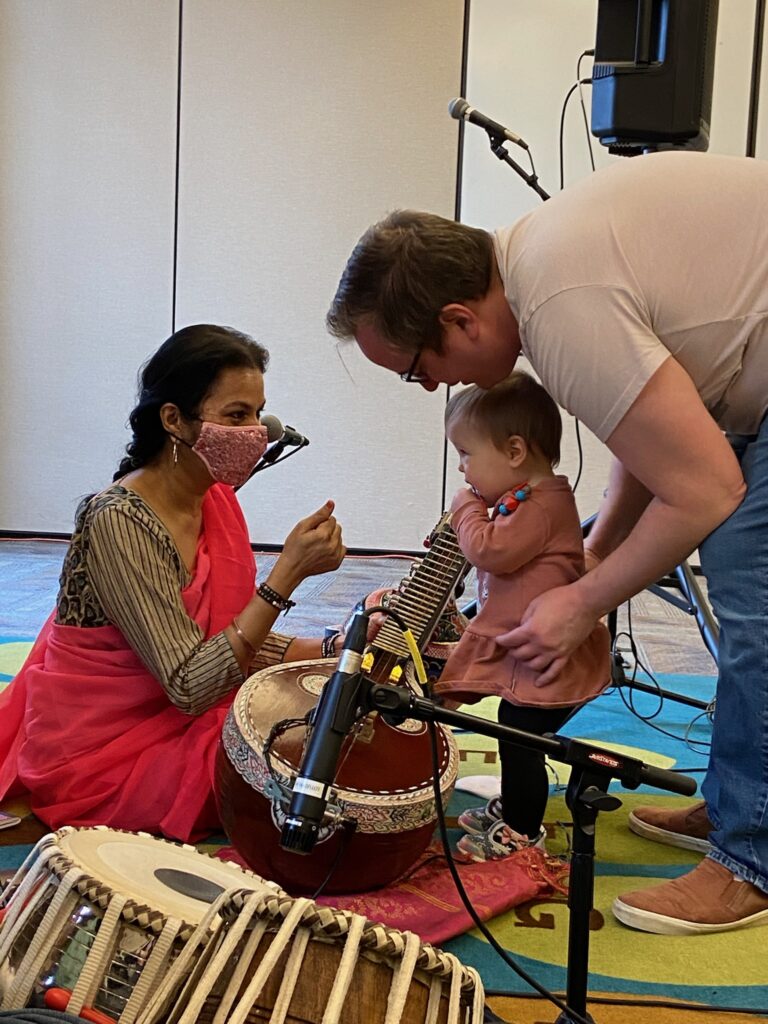
Tell the story of how community members engage with your work
Highlight the connections people are making at your event, not just the programming itself; focusing on the individual interactions, like the one seen here, can tell a story all their own.
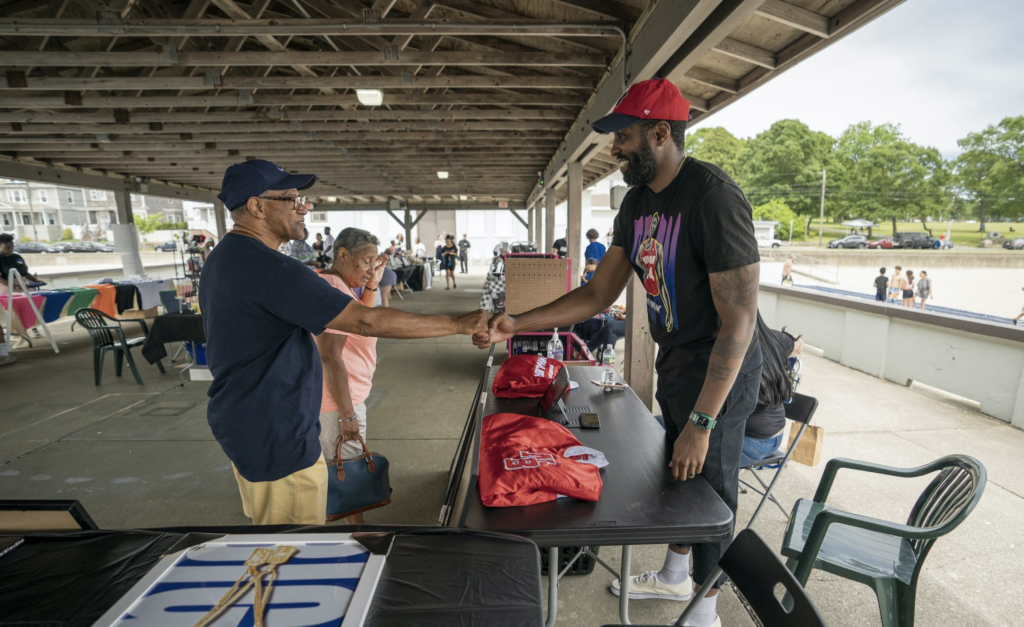
Diversify who documents your story
Invite multiple members of your organization, your audience, and community members to serve as photographers, videographers, and messengers to share their perspectives and express their creativity through your programming and communication channels.
